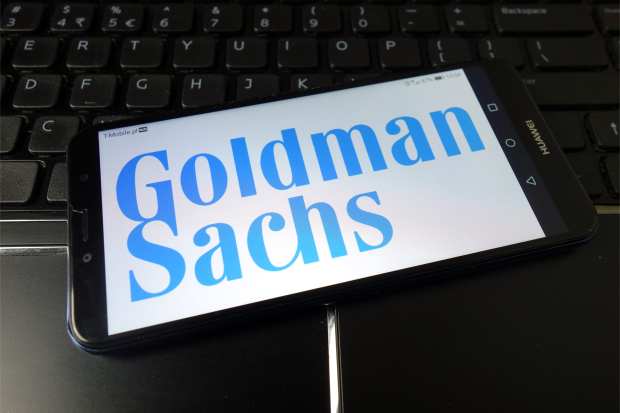Why The Goldman-Amazon Bet On SMB Loans Is No Sure Thing

In the platform economy, scale matters.
And in leveraging Amazon’s scale as a platform — with millions of small to medium-sized businesses (SMBs) and even micro-sized businesses hawking pretty much everything under the sun — it might seem a “slam dunk” if, say, a financial industry powerhouse were looking to bring small business loans to a new market.
To that end, Goldman Sachs Group, undergoing a very public transformation from Wall Street titan pivoting toward filling the the financial needs of Main Street, is reportedly in discussions with Amazon to bring small business loans to Amazon’s platform.
Goldman, according to reports in Bloomberg, would be added to the Amazon lending platform, which has traditionally helped merchants get the funding they need to get inventory. Amazon Lending traces its roots back to 2011, and the company had $863 million in SMB loans, according to recent filings with the Securities and Exchange Commission.
The Challenge
In a way, traditional retail naturally represents a catch-22 of sorts. You need money to make money, goes the old saying. And to get the inventory that gets the top (and hopefully, bottom) lines rolling, merchants typically have to get cash on hand through loans — a bank loan, or from credit cards, etc. It’s not a one-off process, either. Smaller firms, which have to juggle lumpy cash flow, may use credit as a way to keep operations, well, operating, as they may see payment terms stretched by customers (especially if they operate across lengthy supply chains).
The Goldman Sachs joint effort with Amazon could see loans hit the market as early as March, according to the Financial Times.
To get a sense of just where the lending partnership may target — if it comes to fruition — consider the fact that the loans have ranged from $1,000 to $750,000. And Amazon has noted that the small businesses are “invited,” which implies there’s a fair amount of vetting going on by Amazon, which may be of use to Goldman as the latter seeks to go where it has not gone before.
At first glance, the fruit may appear low-hanging, indeed. As noted late last year, PYMNTS found, in collaboration with Fundbox, that as much as $3.1 trillion is owed (as a net amount) to suppliers for services and products provided on any given day. We’ve defined trade credit as the value of the accounts receivable that has been invoiced and for which companies are awaiting payment. The ripple effect is there — if that capital weren’t locked up it could be deployed in growing businesses.
But here Goldman faces a challenge, even as Amazon may give it a bit of runway into SMB lending.
As the Fed noted in a study a few weeks ago, through its annual Small Business Credit Survey (SBCS), smaller firms are increasingly turning to online lenders — and those lenders have (loan) approval rates of 76 percent versus 34 percent at large banks and 47 percent at small banks. While more applicants are successfully funded at online lenders, the SBCS has estimated that satisfaction levels with online lenders are far lower than with traditional lenders — with net satisfaction of 33 percent at online lenders versus 73 percent at small banks and 55 percent at large banks, the Fed study noted.
There’s at least some room for Goldman to maneuver here, but then again, PayPal and Square have been leveraging data in a way to expand their own SMB lending portfolios. Goldman has a relatively late start in the race where the field is rather crowded.
And, beyond the headlines about the coronavirus and stock market swoons, GDP data announced last week show a bit of slowdown in growth rates (or depending on where you look, declines) of business investment and even consumer spending, which may splash a bit of cold water on small business loan demand in general.
The partnership model certainly is evidence of a key go-to market strategy, as this is the second time in about 11 months that the investment banking giant has sought to leverage another firm’s tech expertise to branch out downstream into tech-driven lending. As you likely know, Goldman Sachs has partnered with Apple to bring a new credit card to market.
For Goldman, the intent is to offer “banking as a service” and small business lending becomes just one more arrow in the quiver. Like the Apple effort, the Amazon lending partnership would be co-branded. Timing is everything, as always, and March may give better detail on whether offering loans across Amazon’s lending platform will be, for SMBs, at least, a must-have, “nice to have” … or a “maybe someday.”
